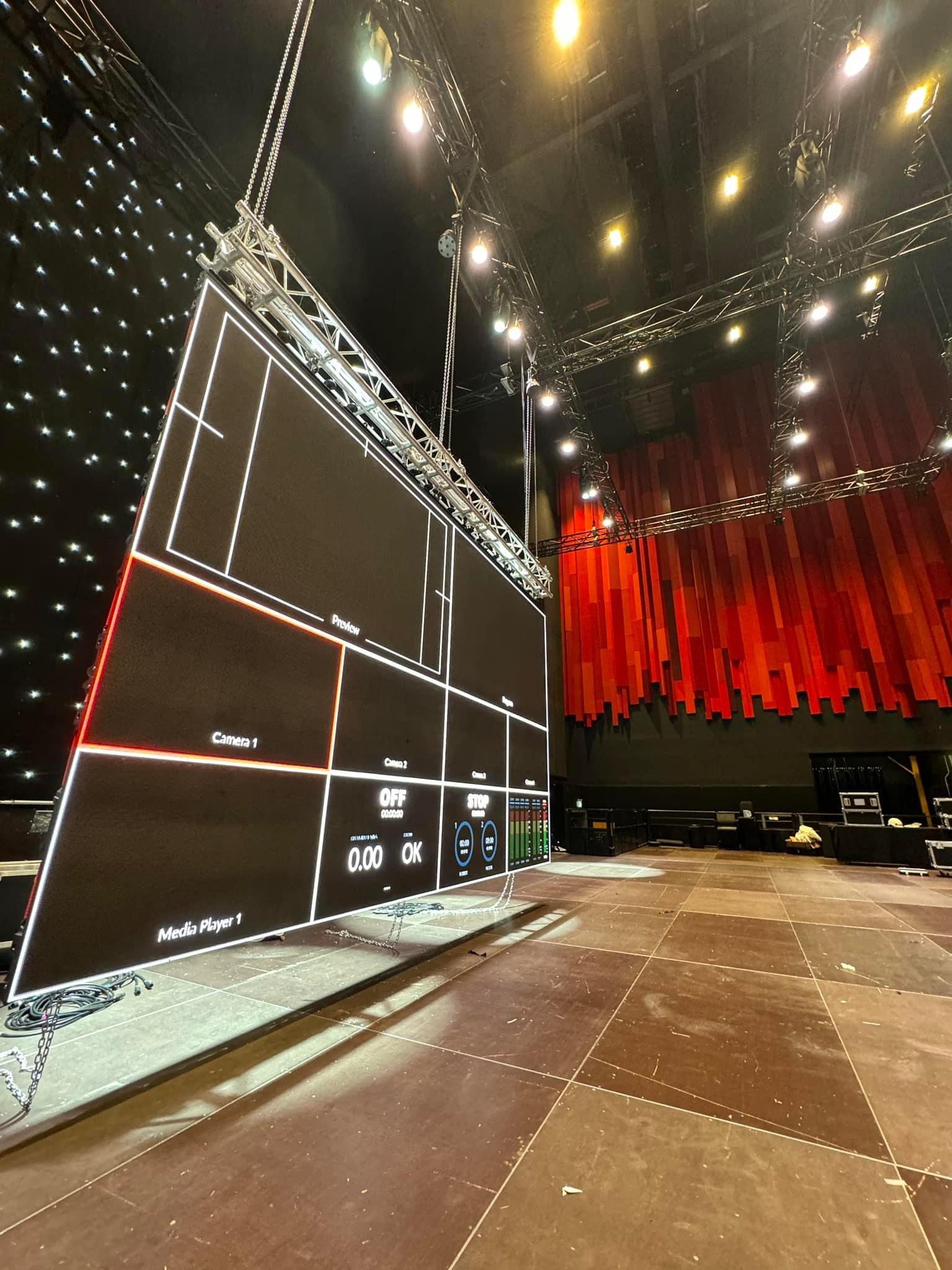Efficient Tactics for Overcoming Heat Issues in LED Display Panels
Wiki Article
LED wall screens are increasingly popular for various uses, including promotion, events, and electronic screens. However, excess heat is a major issue that can affect their performance and longevity. When LED screens become too hot, they may dim, hue shift, or even malfunction entirely. Understanding the reasons and applying effective methods to control heat can assist maintain the optimal operation of LED panel screens. This article will explore several approaches to tackle excess heat issues associated with these devices.
One effective strategy for preventing overheating in LED wall screens is ensuring adequate airflow. It is essential to place these panels in environments where atmosphere flow is adequate. This can be accomplished by positioning the screens in a well-ventilated area or utilizing fans to improve ventilation around the devices. Additionally, if the panels are mounted in a tight area, creating openings or using vents can help dissipate heat more efficiently. Keeping a cooler surrounding heat level is vital, as it immediately affects the function and lifespan of LED wall panels.
Another way to combat overheating is through the use of thermal control substances. These substances can help take in, dissipate, or redirect heat away from the LED components. Thermal sinks are frequently led video wall content management employed in many electronic devices, such as LED screens. These metallic elements pull heat away from the light-emitting diodes, allowing them to function at a safer temperature. Additionally, heat-conducting paste or films can be utilized to improve heat transfer between the LED chips and the heat sinks, further enhancing their cooling efficiency.

Routine maintenance and monitoring of LED wall panels also play a vital role in preventing overheating. Dust and debris can accumulate on the surfaces of these screens, blocking airflow and trapping heat. Consistent cleaning, using appropriate tools, will keep the panels free from obstructions. Furthermore, monitoring the temperature of the panels can help identify overheating issues before they become severe. Using temperature monitors can provide important data, allowing users to take corrective action if the panels begin to exceed safe operating temperatures.
The use of advanced techniques can also help tackle excess heat issues in LED panel screens. Many modern LED screens come equipped with built-in thermal management systems. These systems can automatically adjust the luminosity of the screen based on the heat level, lowering heat production when needed. Additionally, software solutions can monitor the performance of the panels and provide notifications if overheating is detected. Using these tools can considerably improve the durability and dependability of LED panel screens.
In summary, controlling overheating in LED wall panels is crucial for ensuring their performance and lifespan. Implementing strategies such as ensuring adequate ventilation, using thermal management materials, conducting routine care, and employing cutting-edge tools can help mitigate overheating challenges. By implementing these preventive measures, users can enjoy the full benefits of LED wall screens while minimizing the risk of heat-related problems. This method not only improves the performance of the panels but also contributes to a much eco-friendly and effective use of technology in multiple uses.